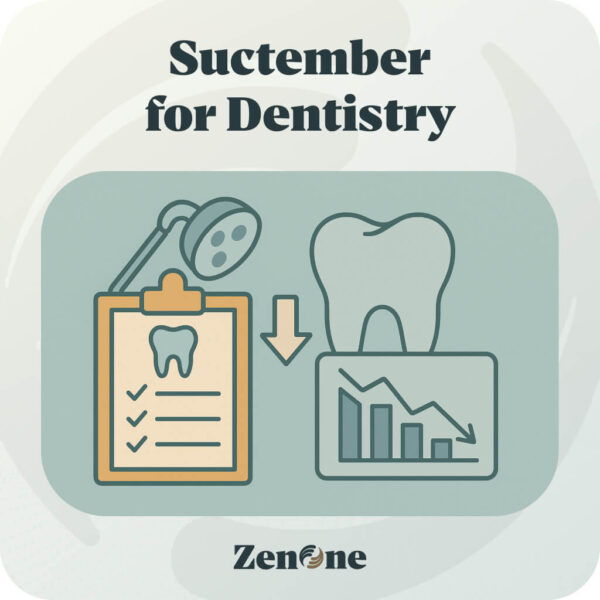Join 1000+ dental professionals, shop from your favorite suppliers, compare prices instantly, and save over $17,000/year
Try our platform free for 30 days.
Schedule A Demo1. Introduction: The New Tariff Landscape
In April 2025, the U.S. administration implemented a sweeping 10% baseline tariff on all imports, with certain countries facing even higher rates. This move has significant repercussions for the dental industry, which relies heavily on imported equipment and materials. Below is our attempt to add some light to the current situation without trying to predict what could happen.
2. Key Dental Products Affected by Tariffs
Dental practices are experiencing increased costs on several essential imported items:
- Imaging Systems and Scanners: Many are sourced from Europe and Asia, now subject to higher tariffs.
- Dental Implants and Prosthetics: Imports from countries like China and Mexico face tariffs up to 54%, affecting affordability and availability.
- Consumables: Items such as dental floss and toothpaste have been targeted in retaliatory tariffs by trade partners like Canada and the EU.Source: MarketsandMarkets, Reuters
3. Financial Implications for Dental Practices
The increased costs of imported dental products are leading to:
- Higher Operational Expenses: Practices are facing elevated costs for equipment and supplies.
- Reduced Profit Margins: All practices are struggling to absorb these costs without passing them on to patients or finding additional areas for cost cutting.
- Potential Service Limitations: Some practices may limit the availability of certain treatments due to cost constraints. This is according to ADA, however hard to imagine practices limiting treatments in the current economic environment.
Source: ADA News
4. Strategies for Dental Practices
To mitigate the impact of tariffs, dental practices can consider:
- Diversifying Suppliers: Exploring alternative sources for equipment and materials to reduce dependency on tariff-affected imports.
- Investing in Technology: Utilizing digital dentistry tools to enhance efficiency and reduce reliance on imported consumables.
- Financial Planning: Adjusting budgets and exploring financing options to manage increased operational costs.
5. Conclusion
Now is the time to take a hard look at your operating expenses. Set a clear supply budget—ideally 4–5% of last month’s collections—and use an ordering platform to help your team stay within that limit. With tariffs driving up costs on certain items, especially equipment like portable X-rays (which recently jumped from $2,600 to $3,150), consider trying alternative products that offer better value. We’ll continue monitoring the situation and keep our members updated as new developments unfold.
Despite these challenges, practices that control their expenses, stay proactive and flexible continue to operate efficiently and protect their bottom line.
Reference:






